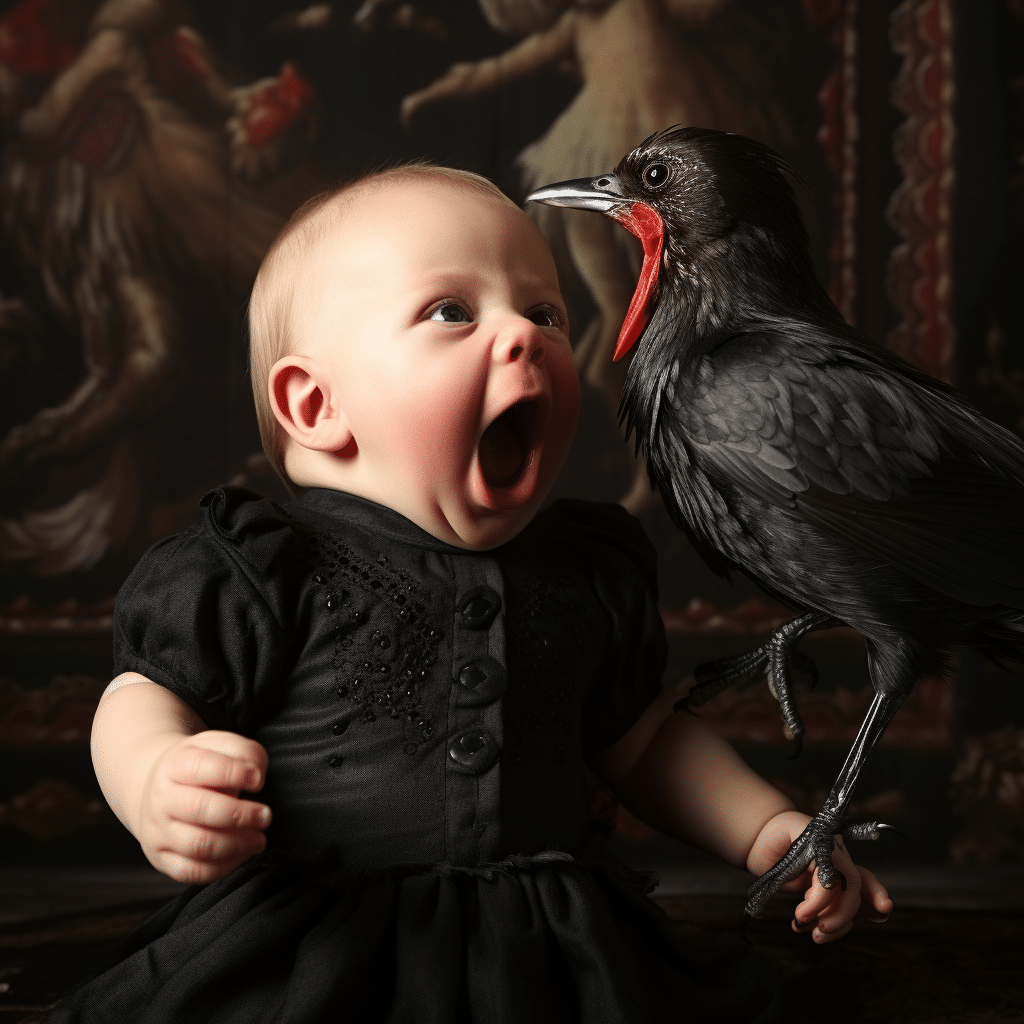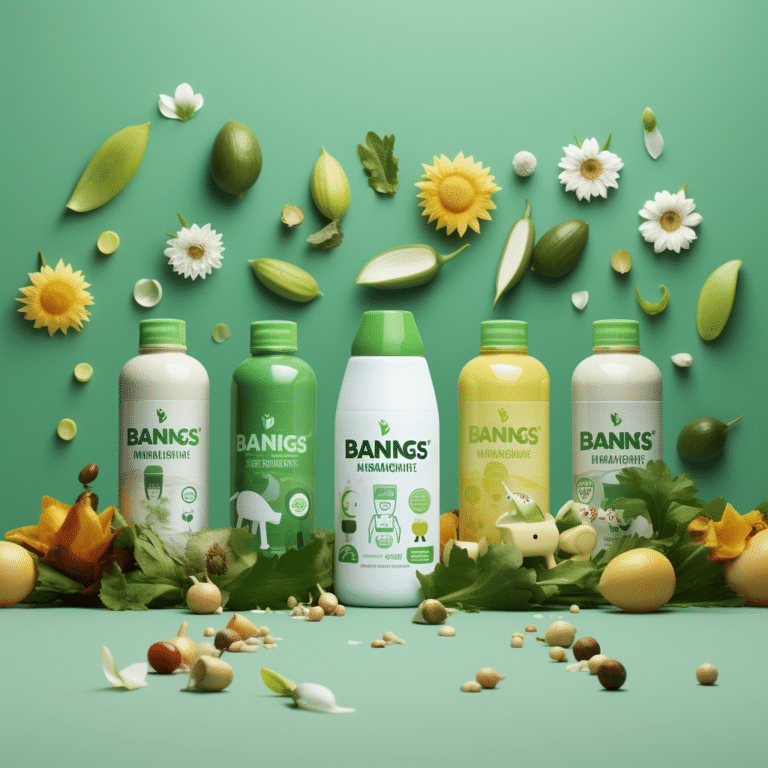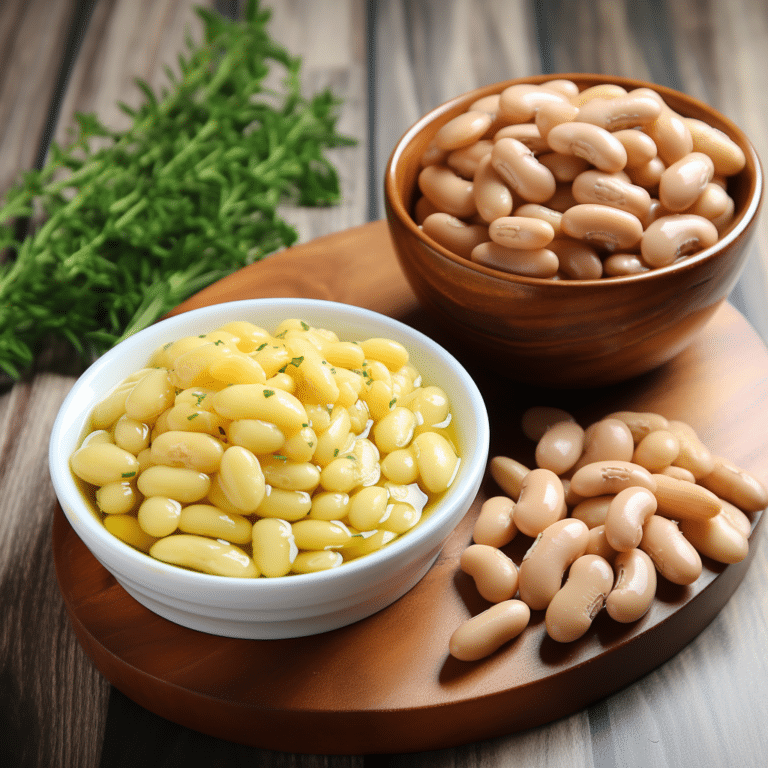Understanding Milk Tongue and Thrush in Babies
Milk tongue and Thrush are some of the most common malformations of the oral cavity, affecting about 4%–5% of the general population. Malformation, in this case, means abnormal development of the structure and not the disease process.
Many malformations are inherited, meaning they can be passed on from parents to children. But malformations can be present at birth even if both parents do not have malformations themselves.
Both milk tongue and Thrush are easily mistaken, especially by new parents. Yet, they are two different conditions. Milk tongue, for instance, isn’t an infection like its counterpart thrush. It is a white coating that normally forms on the tip of your baby’s tongue after breastfeeding. It usually disappears on its own.
On the other hand, Thrush shares similar symptoms with its counterpart despite being a fungus infection. In essence, it causes white patches on the tongue, mouth and throat. Ultimately, both conditions affect infants during their breastfeeding and their impact is much felt in mouths.
Keep reading to learn more about milk tongue and Thrush, how they differ, respective symptoms and treatment options.

What is Milk Tongue
Milk tongue is a condition in which the tongue is coated with a white or greyish coating. The coating is not sticky, and it does not cause any pain or irritation. It may also be called milk crust, mucous membrane pemphigoid pemphigus, or natal cleft.
It is common in newborn babies and usually appears mostly in the first six months. However, it usually clears up on its own within a few months after buildup, although it may take a long time for some infants.
Needless to say, milk tongue can also develop later in childhood, although in rare cases.
Milk Tongue Symptoms
The most common symptom of milk tongue is white-coloured patches on the inner surface of your baby’s mouth. These patches can appear as thin crusts or thicker, more solid lumps. The lumps may be smooth or bumpy and can vary from about 1/4 inch (0.6 centimeters) to about 1 inch (2.5 centimeters).
The patches will be light pink and then turn whitish after several days. They may last up to a month before disappearing on their own, but they might disappear within days if your baby starts eating solid food.
Treatment of Milk Tongue
Most babies will outgrow the condition without treatment. However, if your baby has difficulty feeding or swallowing, you can use a clean washcloth or gauze pad to wipe away the coating from the tongue.
Ultimately, in case your baby continues to have difficulty eating or swallowing even after several weeks of treatment, then contact your child’s doctor for consultation.
What is Thrush
Thrush, also known as oral candidiasis, is a fungal infection that develops on the mucous membranes of the mouth, tongue and throat. Oral Thrush is characterized by a whitish coating on the tongue and inside of the mouth.
Candida albicans is the yeast or fungus that causes this condition. Normally, it lives within our bodies in small amounts, but when it overgrows due to antibiotic use or other factors, it induces mouth or throat infections.
Thrush typically appears as a white, curd-like substance like cottage cheese or yoghurt. In its mildest form, Thrush is merely annoying; people with this type of Thrush might not even notice.
However, if left untreated, Thrush can progress to a more severe condition known as oral candidiasis, which involves inflammation and can lead to bone loss and tooth decay.
Babies don’t have a fully formed immune system, so they’re more likely than adults to develop Thrush. The fungus thrives in moist, dark environments, so you’ll find Thrush most often under a baby’s tongue or in her mouth.
If your baby has a tongue-thrust reflex that makes it difficult to move food around in her mouth to chew it, she’s at even greater risk of developing Thrush.
Symptoms of Thrush in the baby
Finding and treating Thrush early is crucial to preventing casualties from arising. Some symptoms to look for are:
- A white coating on the tongue that does not wipe away when rubbed with a wet cloth
- White, thick patches on the inner cheeks
- A rash on the diaper area that appears red and inflamed
- Redness and soreness around the mouth
- Lack of appetite
If your child shows any of these symptoms, contact your doctor for assessment.
Treatment of Thrush
There are different treatments for Thrush—from oral medication to topical ointments—but here are the basic rules for treatment:
- Thrush will always go away by itself in most cases. This means that patience is key. In some cases, it may take months to clear up.
- You should avoid antibiotics if possible because they will not help with Thrush, and they could even make it worse in some cases by killing off your body’s helpful bacteria.
- Antifungal medicines. You’ll be prescribed these to treat your symptoms, but they won’t get rid of the infection. Your doctor may recommend using clotrimazole pessaries (Canesten) or nystatin drops (Mycostatin) for seven days if you have mild symptoms. Still, if you have more severe symptoms, fluconazole tablets (Diflucan) will be needed for three days.
Preventing Newborn Thrush
The best way to prevent Thrush is by keeping your baby’s mouth clean and dry. Offer your baby a pacifier after each feeding or whenever they start crying. Additionally, be sure to wipe the pacifier off with clean water first to avoid spreading any bacteria from your hands into their mouths.
Similarly, if you are breastfeeding, try not to use soap when washing your nipples; this may irritate, forming a basis for thrush infection.

Bottom Line
These two conditions are related, but they are not the same. Milk Tongue is not a health concern, and your physician rarely sees it. However, Thrush is a common infant problem and should be brought to the attention of your physician sooner than later.
Ultimately, knowing how to distinguish between the two conditions may enable you to make an earlier diagnosis, which will allow your child to get that much-needed treatment in a timelier manner.






